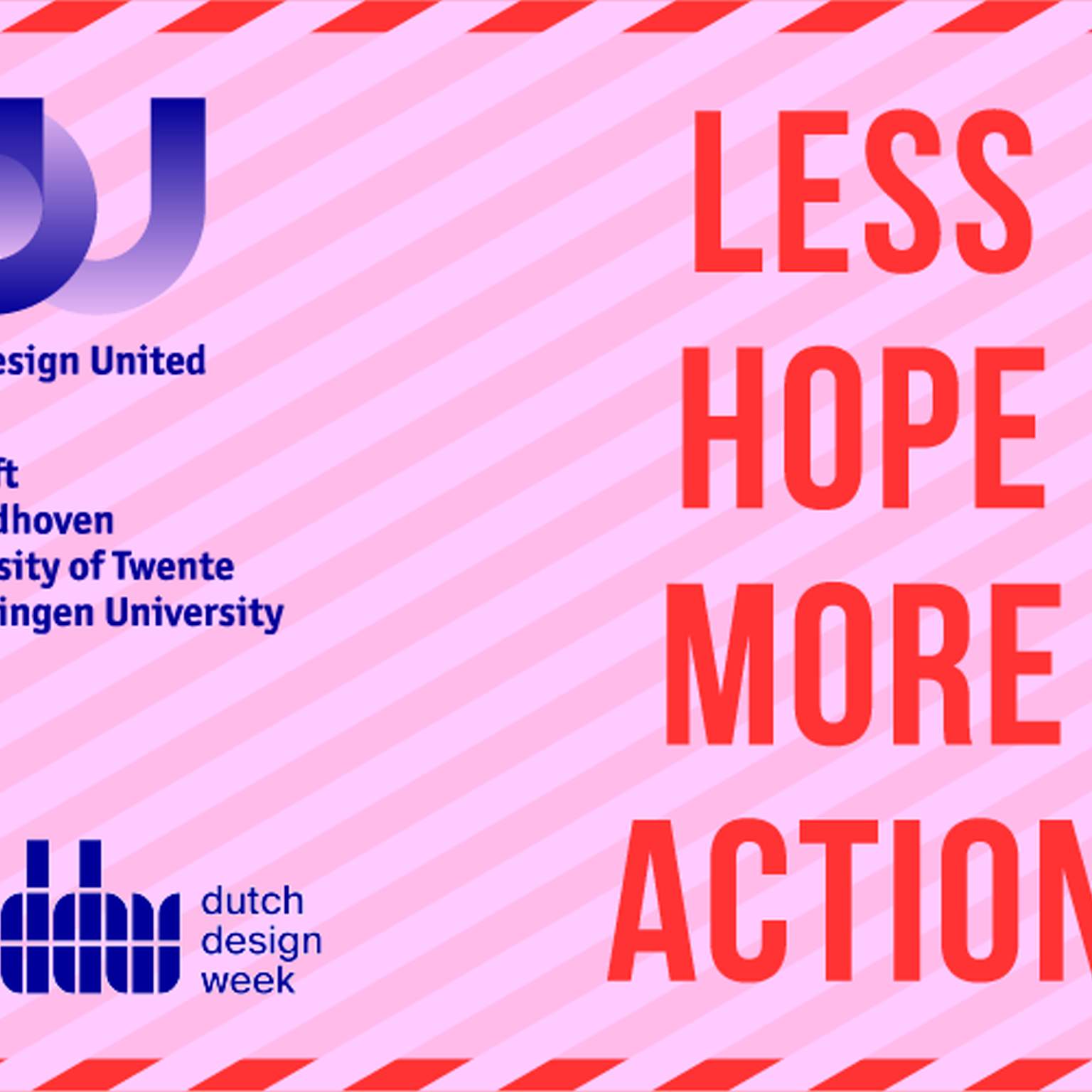Jodi Sturge, Universit of Twente
The creation of living environments that nurture both human and ecological health is gaining momentum in design. This pursuit requires the convergence of diverse design disciplines and methods, each bringing unique insights and expertise. The Living Environment Theme is led by a human-building interaction designer (Jodi Sturge, UT), an agricultural designer (Marjolein Derks, WUR), an industrial designer focusing on planetary health (Juliette van Haren, TU/e) and a practice-based fabrication designer (Eliza Noordhoek, TUD). The varied perspectives on what shapes a living environment led to fruitful discussions on the importance of capabilities and diversity in designing sustainable and enriching living environments. Based on these discussions, we selected five projects for the Living Environment theme. Together, they have crafted a vision for living environments that are not only sustainable but also healing.
The varied expertise within this team led to discussions highlighting the critical role of capabilities and diversity in designing future living environments. By embracing this multidisciplinary approach, the team selected five groundbreaking projects for the Living Environment theme, each focusing on different aspects of sustainable design and human well-being.
First, with a focus on how we experience and adapt living environments to inspire how we create new environments, chairs selected the Capacitating non-human elements in design (WUR), controlling roughness (TUD), Designing Everyday Interactions with Plants (TU/e) and Foorm (TU/e). Next, we selected the project Making Motion, which explores how textiles can be shaped through interactions (TU/e). Lastly, we focused on transitioning from one living environment to the next. For some people, their living environments are restrictive or temporary, which can make transitioning to a new environment a challenge. Projects Leafe, Sernitity Bowl, and Flying Out: Land Well each explore a human perspective on how design can support and facilitate these critical transitions.
The Living Environment Theme brings focus to a future where design is not only about creating spaces, but also about nurturing systems that support both people and the planet. As we look to the future, how we design our environments will define our collective well-being. The interdisciplinary collaboration across the 4TU’s highlights projects that inspire sustainability and social impact for the future.
